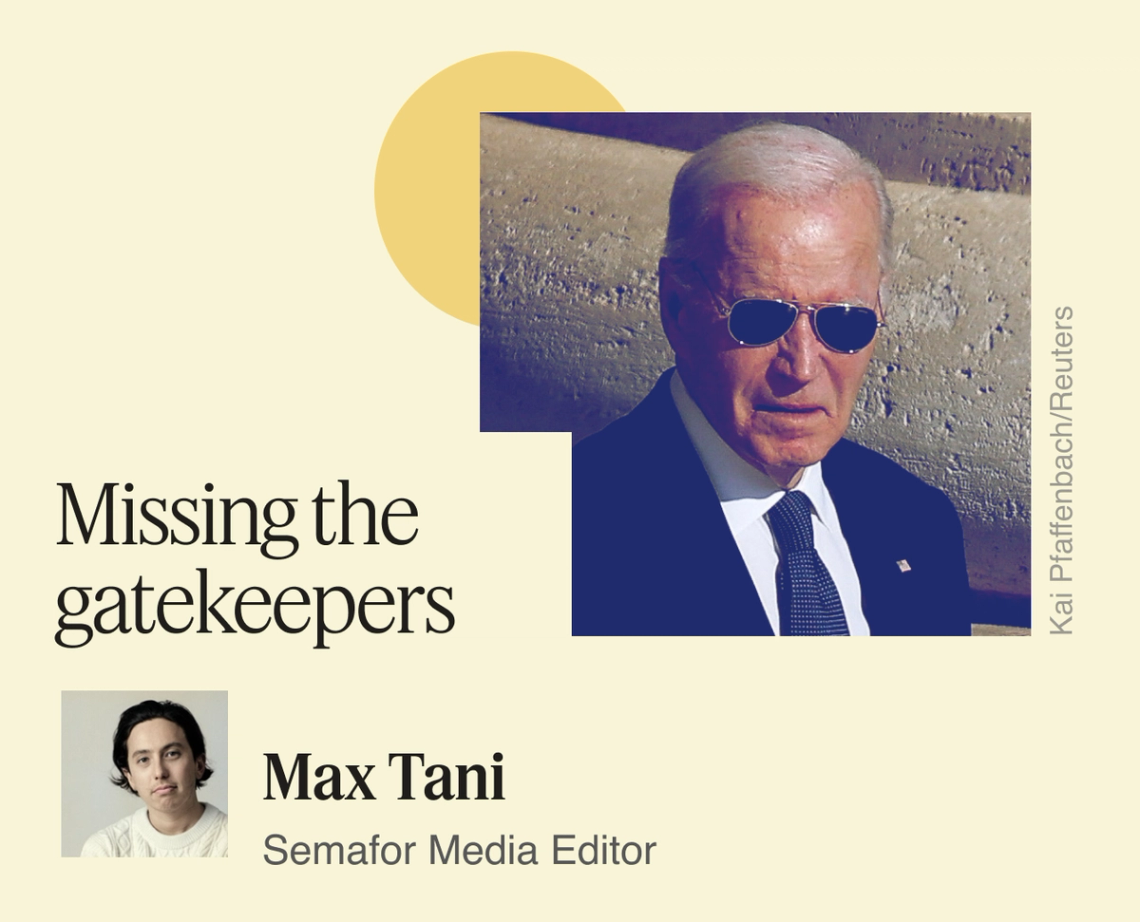 The most difficult question to answer as someone covering the media in 2025 is often what, or who, is really important. The big platforms have long leaned on raw numbers to answer this. So YouTube this week rolled out a weekly top podcast chart, which may have raised as many questions as it answered (such as: Who the hell is watching some of this stuff?). Spotify recently announced that it would be publishing play counts so that audiences can see how well their favorite podcasts are doing. We’ve tried to answer that question each week in this newsletter and on Mixed Signals by putting a greater narrative emphasis on the influential individuals, sometimes at the expense of covering the media executives and institutions that used to decide what we saw, read, and heard. The debate about whether the legacy news media — to the degree it still keeps the gate at all — failed to adequately cover President Joe Biden’s decline is also at the heart of the bombshell book by Alex Thompson and Jake Tapper, Original Sin, out this week. But the anger over these questions also reveals a nostalgia for gatekeeping — which you can feel, in a different way, in the raft of recent books about the heyday of Condé Nast. On Mixed Signals, How Long Gone co-host Chris Black said he had the opportunity to quit his New York Magazine and GQ columns and make more on Substack, but felt that there was still important cultural value to the legacy institutions of cool. “Gatekeeping is something that I just respect,” Black told us. “There are people that know more than me, and I want them to inform what I’m seeing and listening to and hearing.” Also: More from Original Sin, podcast expansion and contraction, and the New York mayoral race. (Scoop count: 8) Semafor Business Editor Liz Hoffman has a must-read for many of us, raising the question of whether Wall Street's — and the media industry's — subscription craze can survive a recession. For more insight and scoops, sign up for her Semafor Business newsletter: Sign up here. |